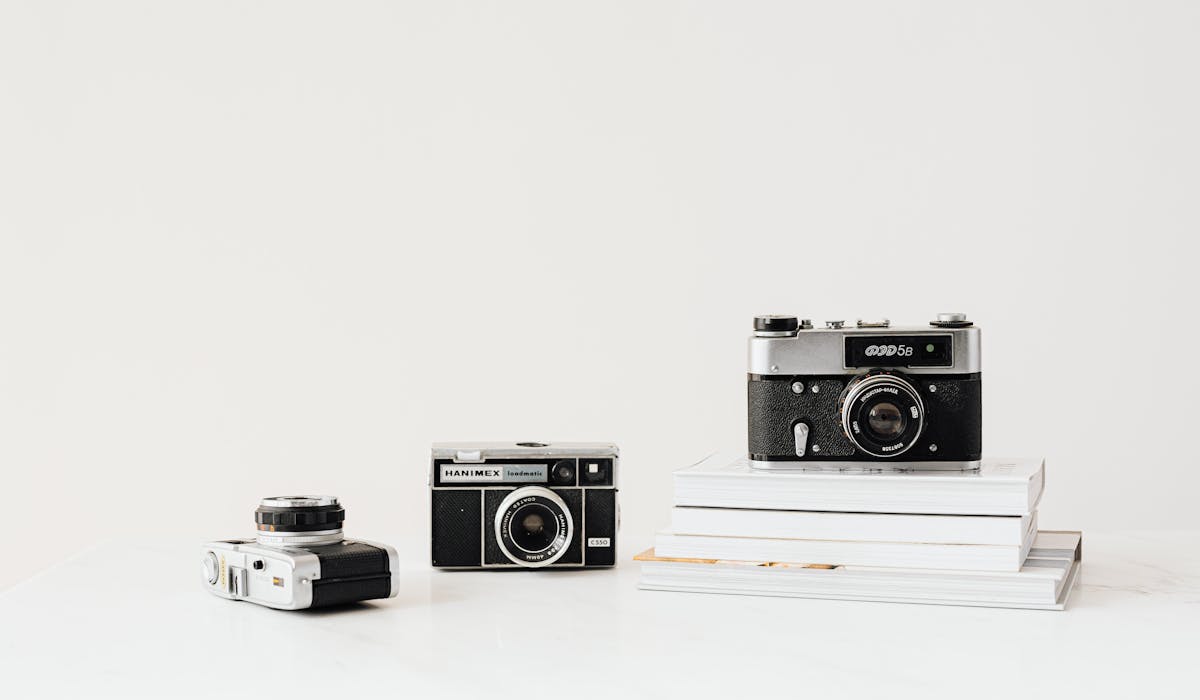
How to Shoot 35mm Film: An Essential Introduction
Film has seen a huge resurgence in recent years, with professional film labs popping up all over the world, and more and more digital shooters dusting off their parents’ old analog cameras and loading up a roll of film.
The benefits are myriad—from less time spent editing (SO much less) and no memory cards to get corrupted, to the unparalleled depth and color of film photos (not that I’m biased)—and there has never been a better time jump in.
Here are a few tips to get you started shooting beautiful analog photos on any 35mm camera.
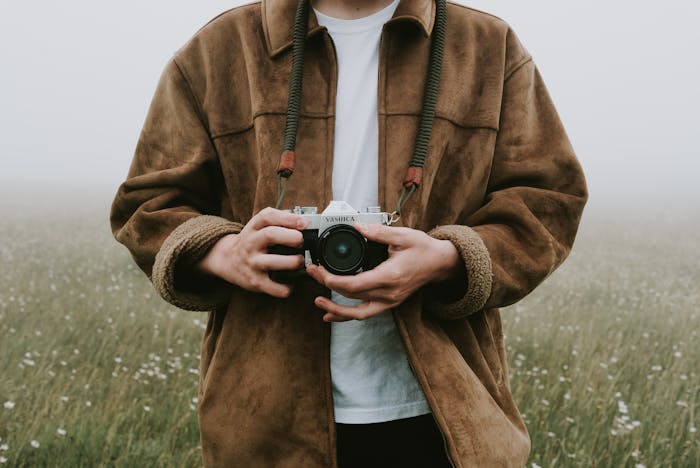
Photo gemaakt door JACK REDGATE · Bekijk Photo
1. Master metering
Metering for film might seem intimidating at first, but this one simple (albeit strange-sounding) idea is a good place to start: exposing for film is the opposite of exposing for digital.
Where digital performs well in low light, film really shines in bright light. Where you’d underexpose digital to preserve the highlights, you can overexpose your film to preserve shadow detail without fear of blowing your highlights. Instead of metering for the brightest part of the frame, meter for the darkest.
For outdoor shooting, grab a film stock with an ISO of 100 or 200, like Kodak Gold, T-Max or Agfa Vista (if you can find it!), and for a great all-around option, you can’t go wrong with a 400-ISO stock like Fuji Superia or Kodak Ultramax.

Photo gemaakt door Anna Urlapova · Bekijk Photo
People love to talk about film’s incredible exposure latitude, and while it’s true that you can expose your film a variety of ways to create different looks (more on this in a minute) the vast majority of film’s latitude is on the side of overexposure.
While some film stocks can be overexposed as many as six stops and still produce usable results, underexpose by more than a stop and you’ll start to get dull colors, muddy blacks and a grainy mess where your shadow detail should be.
With digital images, underexposed equals dark. But if film doesn’t get enough light there’s nothing to render (light = information) and your image will be flat and faded. Want better contrast and more saturated colors in your film images? Rich blacks and sharp highlights? Meter for the shadows and fire away.
2. Make use of bracketing
Since you can’t check your monitor for instant feedback on your settings, bracketing is your friend—especially while you’re learning the limits of different film stocks and figuring out your film-shooting style.
Say the scene in front of you has an exposure range of three stops. Which is more important, lights or darks? Skin tones or background color?
The frames above were shot one after another at sunrise. For the first photo I metered for shadows to preserve the detail in the trees and the subtle glow in the branches. The second shot was metered for the highlights to accentuate the color of the sky and texture of the clouds, intentionally silhouetting the trees.
Both are exposed “correctly,” and the image you prefer depends entirely on you. Keep a little notebook in your camera bag to record your settings, and next time you’ll be ahead of the game.
3. Love consumer film stocks
Don’t be lured by the promise of perfect frames with professional film stocks. Composition, emotion, and proper exposure are the keys to beautiful images no matter the medium, and pricier film stocks are no substitute for mastering the basics.
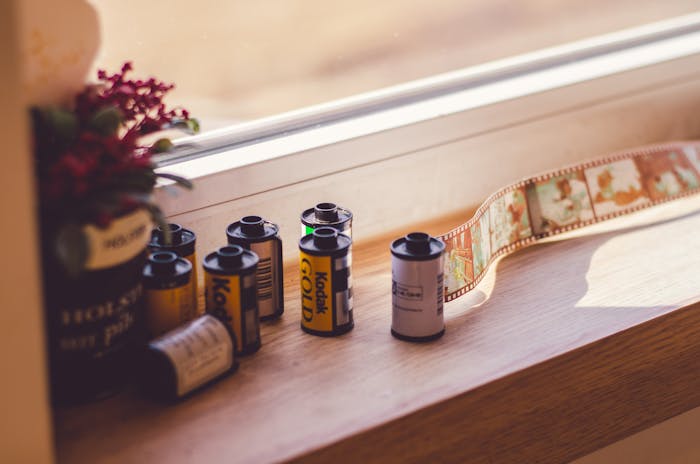
Photo gemaakt door Esther · Bekijk Photo
My favourite consumer film stock, Kodak Gold, comes in three packs online for about $12, and produces beautiful tones and colors. Ultramax goes for even less, and Fuji Superia can almost certainly be found at a drug store near you.
Give yourself the freedom to experiment without breaking the bank, learn how different light behaves and practice your metering technique. Each film stock has its own unique qualities, from the base color of the emulsion to the size and quality of the grain, and it’s worth spending some time getting to know your way around these different factors. That way, when you do dive in to professional stocks, you’ll be ready to make the most of them.
If you're new to film photography, instant film can be a fun way to start experimenting. Thanks to the analog renaissance, Polaroid cameras and film are still available, and offer a quick and playful shooting experience to introduce you to the magic imperfections and surprises of film photos.
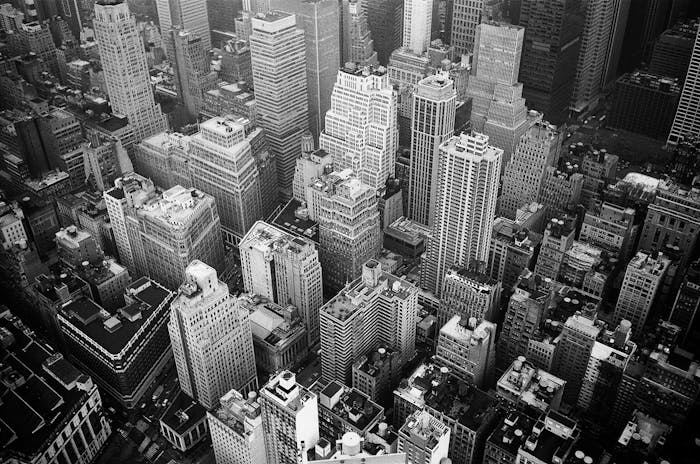
Photo gemaakt door Tatiana Fet · Bekijk Photo
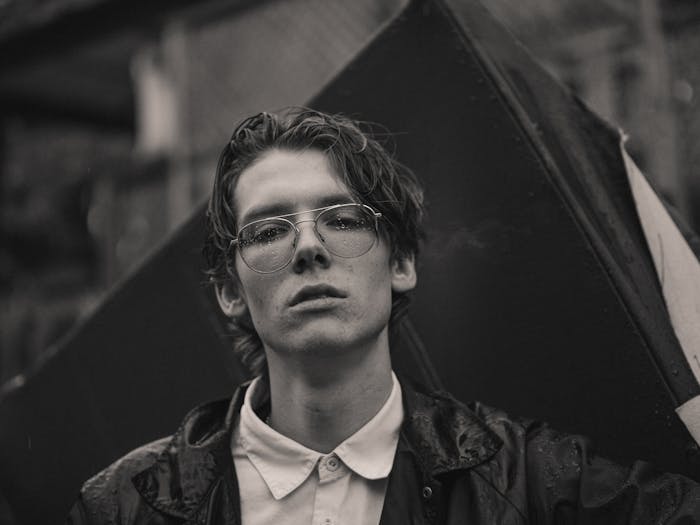
Photo gemaakt door William Choquette · Bekijk Photo
4. Let go of perfection
Photography is always a collaborative process, but nothing forces you to surrender the illusion of control like film. From different film stocks to old cameras to new tactile processes like film loading to learn, there are so many variables. Embracing the unknown and the unpredictable is a big part of the joy of shooting film.
That camera you found in your parents’ basement might leak light, and you might find that those colorful streaks only add to the photos. Or with careful loading you’ll manage to squeeze an extra frame out a roll and find that half of your first frame is overlaid with a vibrant yellow wash.
Just search #firstoftheroll on Instagram for a plethora of examples of how beautiful these unexpected and uncontrollable aspects of film shooting can be.
As an added bonus, the space between taking a photo and seeing the results allows anticipation to build and helps you to see the beauty in whatever comes back, whether a frame turned out exactly as you hoped or better than you’d imagined. And if all else fails, there’s always something to learn from the duds.
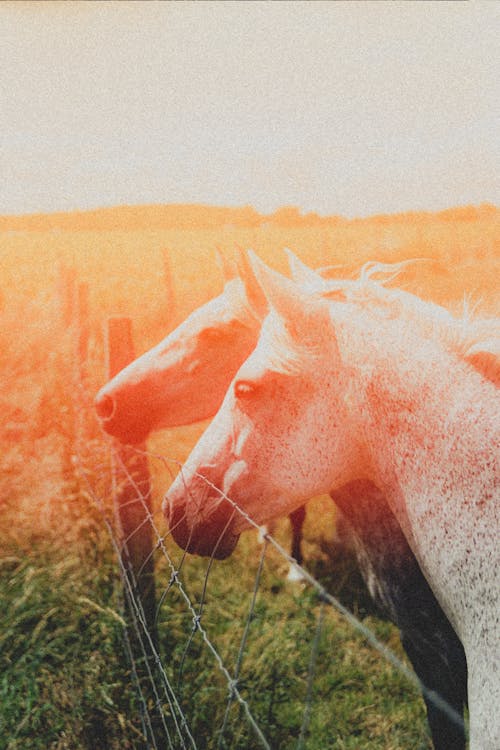
Photo gemaakt door Mathias Reding · Bekijk Photo
5. Go slow
This tip might be the simplest but also the most important for new 35mm photographers: Go slow.
Film creates the perfect opportunity to take a deep breath and really take your time. You have a limited number of frames per roll (and each one costs money!) so make them count. Before you press the shutter, pay attention to the corners of your frame, meter the darkest part of the scene and the lightest part, look for middle grey, check for dust or stray hairs on your lens. Just sit with it for a moment. Your future self will thank you.
Whether you’re feeling stagnant in your shooting or looking to expand your technical skills, film is the perfect opportunity to try something new. Take your camera new places, see familiar places with fresh eyes. Simplify and rediscover the magic of anticipation. Get inspired.
Now grab a camera and some film and go shoot!
Find some film photo inspiration from a few of our favorite analog shooters below. And submit your best film (or film-inspired) photos to Pexelspalooza before December 31 for a chance to win a Polaroid Now Starter Set
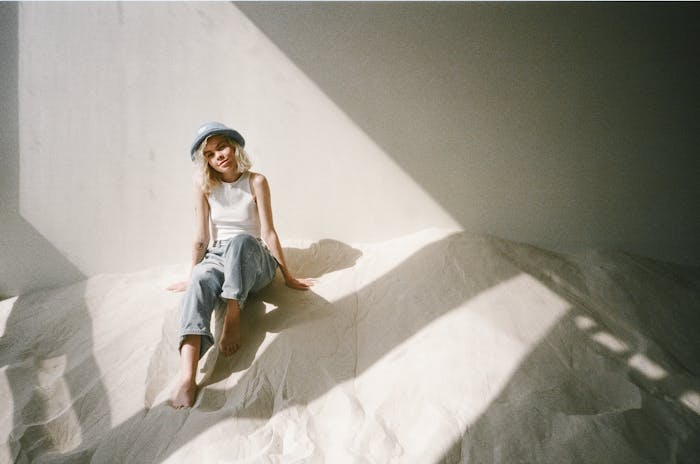
Photo gemaakt door Polina Tankilevitch · Bekijk Photo
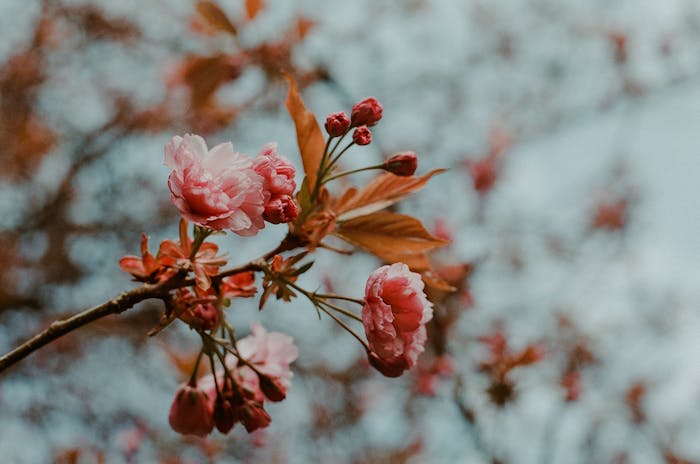
Photo gemaakt door Anna Urlapova · Bekijk Photo
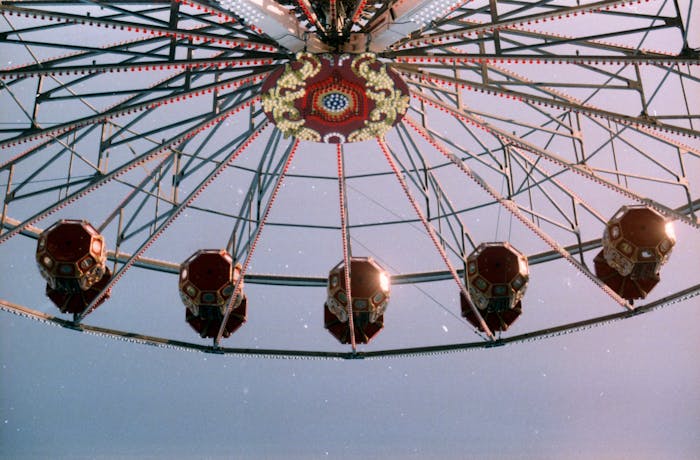
Photo gemaakt door Andreea Ch · Bekijk Photo
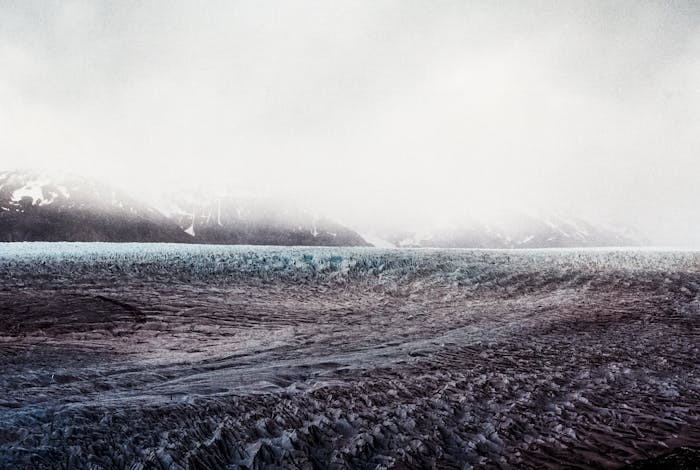
Photo gemaakt door Jens Johnsson · Bekijk Photo
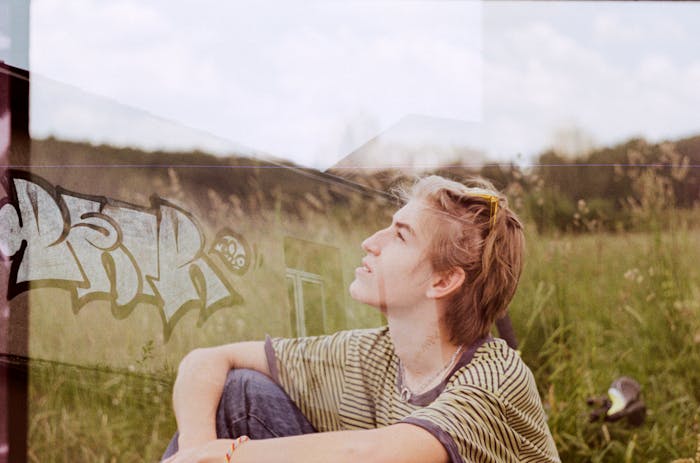
Photo gemaakt door Maria Varshavskaya · Bekijk Photo
Cover photo by Karolina Grabowska.
Geschreven door Erin Flegg · dec 15
Vancouver-based film photographer, specializing in lifestyle family and branding











